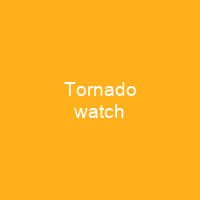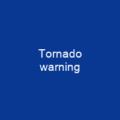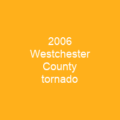Tornado watch

A tornado watch is an alert issued by national weather forecasting agencies. A watch does not mean that the severe weather is actually occurring, only that atmospheric conditions have created a significant risk for it. If severe weather actually does occur, a tornado warning or severe thunderstorm warning would then be issued.
About Tornado watch in brief
 A tornado watch is an alert issued by national weather forecasting agencies when weather conditions are favorable for the development of severe thunderstorms that are capable of producing tornadoes. A watch does not mean that the severe weather is actually occurring, only that atmospheric conditions have created a significant risk for it. If severe weather actually does occur, a tornado warning or severe thunderstorm warning would then be issued.
A tornado watch is an alert issued by national weather forecasting agencies when weather conditions are favorable for the development of severe thunderstorms that are capable of producing tornadoes. A watch does not mean that the severe weather is actually occurring, only that atmospheric conditions have created a significant risk for it. If severe weather actually does occur, a tornado warning or severe thunderstorm warning would then be issued.
In Canada, the criteria used to issue a tornado watch are the same and watches are issued by regional offices of the Meteorological Service of Canada of Environment Canada in Vancouver, Edmonton, Toronto, Montreal and Halifax. In the United States, the Storm Prediction Center – a national guidance center of the National Weather Service – issues watches for areas likely to produce tornadoes and severe Thunderstorms.
You want to know more about Tornado watch?
This page is based on the article Tornado watch published in Wikipedia (as of Nov. 30, 2020) and was automatically summarized using artificial intelligence.












